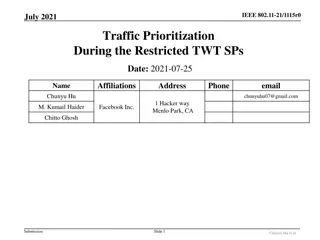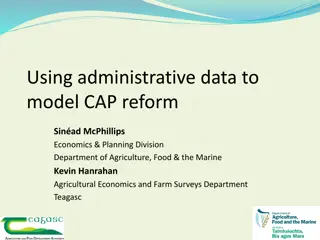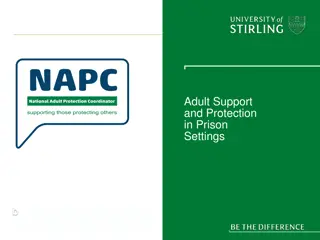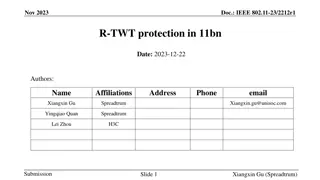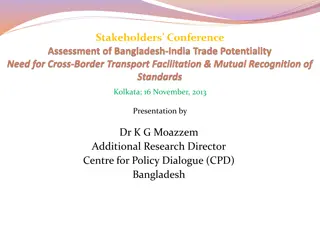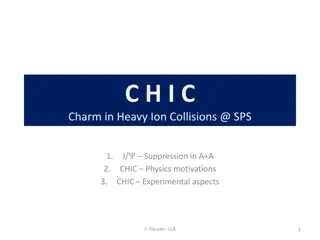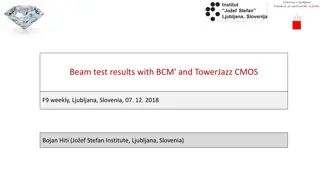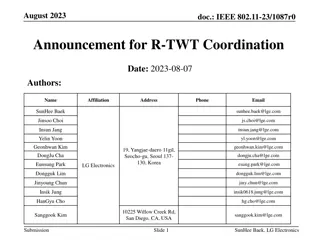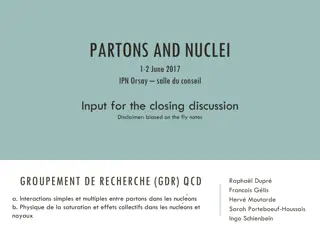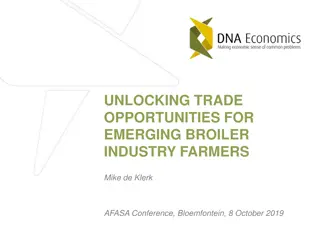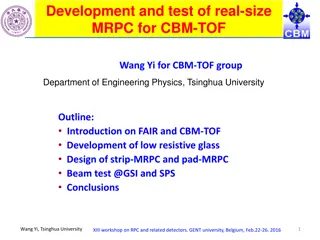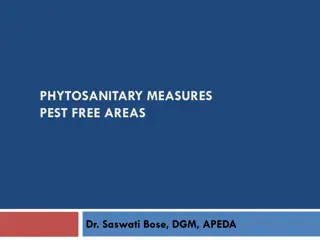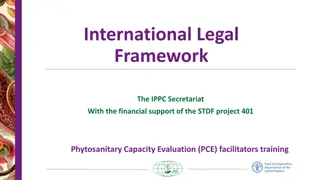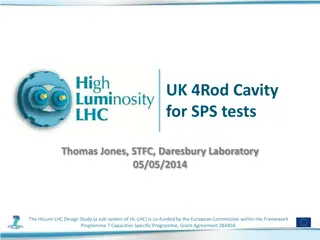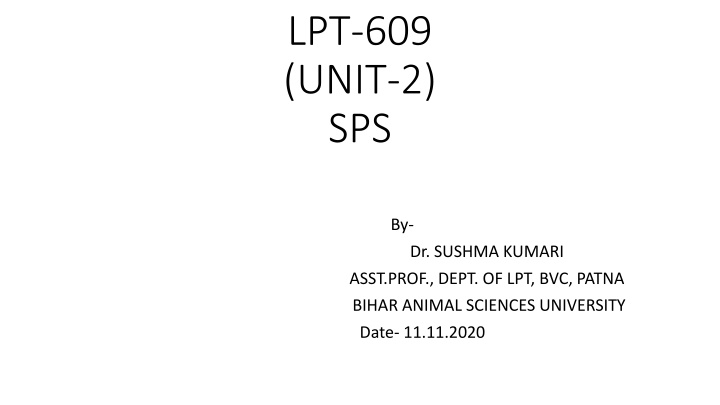
Understanding SPS Measures in International Trade
Learn about Sanitary and Phytosanitary (SPS) measures and their importance in international trade, including how they protect against diseases, pests, and contaminants in food products. Explore the Agreement on the Application of SPS Measures and how countries establish and apply these regulations based on scientific standards.
Download Presentation

Please find below an Image/Link to download the presentation.
The content on the website is provided AS IS for your information and personal use only. It may not be sold, licensed, or shared on other websites without obtaining consent from the author. If you encounter any issues during the download, it is possible that the publisher has removed the file from their server.
You are allowed to download the files provided on this website for personal or commercial use, subject to the condition that they are used lawfully. All files are the property of their respective owners.
The content on the website is provided AS IS for your information and personal use only. It may not be sold, licensed, or shared on other websites without obtaining consent from the author.
E N D
Presentation Transcript
LPT-609 (UNIT-2) SPS By- Dr. SUSHMA KUMARI ASST.PROF., DEPT. OF LPT, BVC, PATNA BIHAR ANIMAL SCIENCES UNIVERSITY Date- 11.11.2020
SPS The term SPS refers to Sanitary and Phytosanitary measures and is particularly important in international trade. No country is completely self-sufficient in the production of food (animal and plant-based), fiber and other products. In order to meet the needs of their citizens, countries usually import agricultural and horticultural products. SPS measures applied to plants are designed to insure the safety of food and to prevent the spread of plant pests and diseases. .
They may include (i) requiring products to come from areas free of certain pests and diseases; (ii) product inspections; (iii) treatment or processing of products to eliminate pests or pathogens; (iv) maximum allowable pesticide residue requirements; and (v) limited allowances for use of certain food additives
SPS (Sanitary and Phytosanitary Measures ) Sanitary and phytosanitary (SPS) measures are measures to protect humans, animals, and plants from diseases, pests, or contaminants. Examples of SPS are tolerance limits for residues, restricted use of substances, labelling requirements related to food safety, hygienic requirements and quarantine requirements. The Agreement on the Application of Sanitary and Phytosanitary Measures (the "SPS Agreement") entered into force with the establishment of the World Trade Organization on 1 January 1995. It concerns the application of food safety and animal and plant health regulations.
It applies to all sanitary (relating to animals) and phytosanitary (relating to plants) (SPS) measures that may have a direct or indirect impact on international trade. The SPS agreement understandings (trade disciplines) on how SPS measures will be established and used by countries when they establish, revise, or apply their domestic laws and regulations. Countries agree to base their SPS standards on science, and as guidance for their actions, the agreement encourages countries to use standards set by international standard setting organizations. includes a series of




